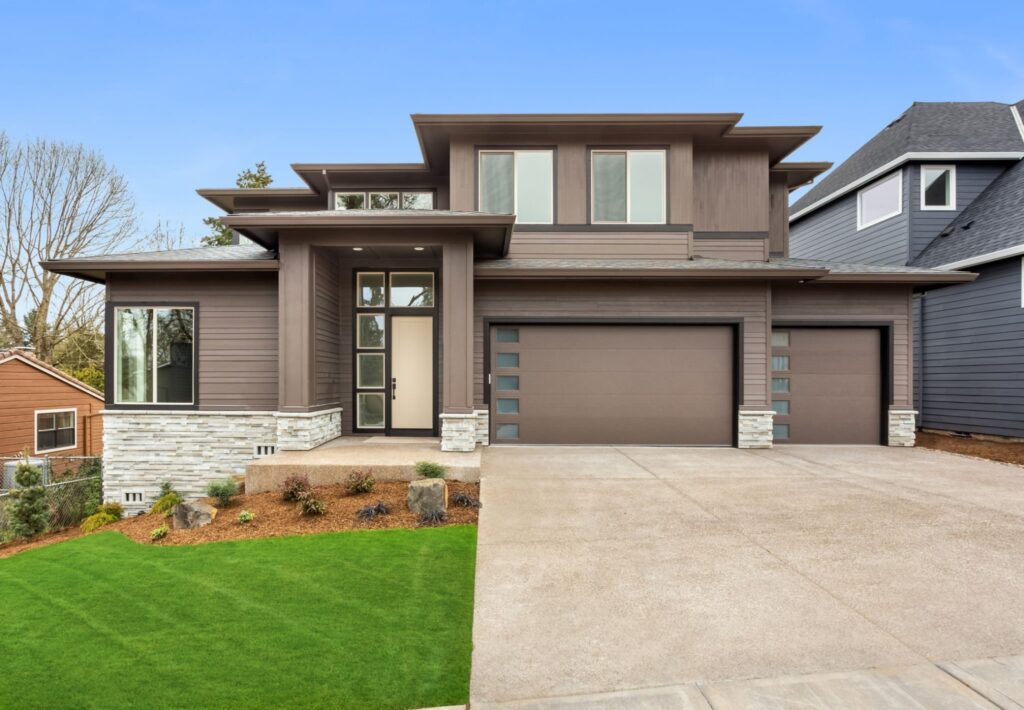Garage door springs Kansas City offset that door’s weight which permits it to close and open easily. An issue with the spring tension can result in the door opening and closing improperly or at an incorrect speed. Adjusting spring tension will most likely fix the issue. Garage doors are available in a variety of styles, each with two kinds of springs. the possibility of having a simple fix or a more complex and risky task is depending on the type of garage door you own. It’s best to consider getting the help of an expert when your door is equipped with torsion springs. Especially in the event that you do not have the right equipment, lack prior experience, or have no mechanical background.
Part 1: Preparing for Adjustment
1. Recognize side-mounted extension springs. There are two types of springs that your garage door could make use of side-mounted extension springs or torsion springs. Before you adjust the springs on your garage door you should determine the kind of springs the door is equipped with. Side-mounted springs are easy to adjust, whereas torsion springs are riskier to play with, which is why it is better off seek help from a professional when you’re using the latter.
· Side-mounted extension springs are positioned over and parallel to the track of the door, and they’ll be equipped with a cable and pulley. The cable, which is used to hold the spring, connects to hooks on the hanger for the track. There are two springs: one above each track to opposite sides of garage doors.
2. Recognize torsion springs. The torsion springs are placed above the door and travel along a shaft made of steel which is directly parallel to the highest point of the door. This kind of mechanism is generally employed for doors that are larger than 10 feet wide.
· Smaller and lighter doors might have only one torsion spring, whereas larger and heavier doors could include two springs, with one of them located on the opposite side of the central plate.
3. Understand the problem. A faulty spring tension could cause several issues in the way that the garage door shuts and opens. The issue you’re experiencing will assist you in determining the best way to alter the spring to solve the problem. Garage doors that require adjustments to the spring could:
· Be difficult to open or close
· Open or close too quickly
· Not close fully or properly
· Close unevenly and leave a gap.

4. Determine your solution. Depending on your issue, you may be required to increase or decrease the tension of the spring in the garage door. It is necessary to:
· Reduce the tension if the door isn’t closing completely, is difficult to close, or opens too quickly.
· Increase the tension of the door is difficult to open or close too quickly.
· Make sure that the door is closed on one end (where a gap is) if the door is closed evenly.
5. Assemble your tools. There are some essential safety equipment and tools that you’ll need to complete this task. Safety equipment for you includes safety glasses, gloves, and a hard hat. Other tools include strong ladders as well as a C-clamp adjustable wrench and adhesive tape for masking or marking. If you’re going to adjust torsion springs, you’ll also require two winding bars or rods made of steel.
· The rods or bars must be between 18 and 24 inches (45.7 to 61cm) in length.
· Steel bars made of solid are available in hardware stores.
· You’ll need to gauge the size of holes inside the cone that winds (the collar that holds your spring onto the steel shaft) to determine the right size rod or bar you want to choose. The majority of cones have holes with a size of 1/2 inch.
· Do not try to use any tool to replace the winding bars and steel rods.
